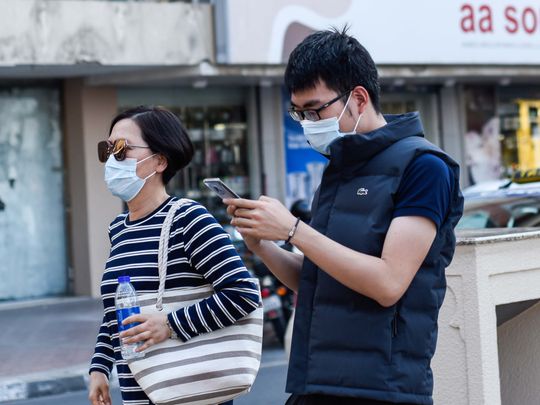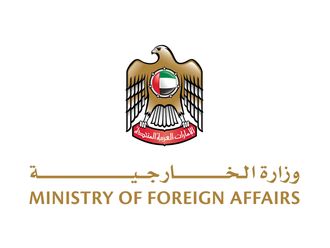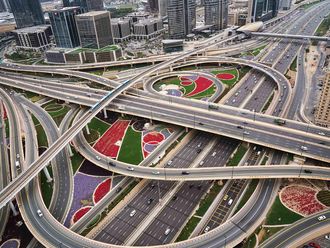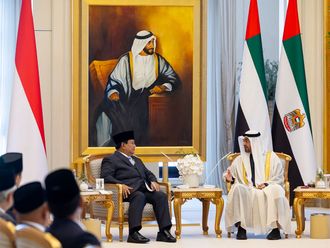
Dubai: Last week, the Ministry of Health and Prevention announced activating Wareed, a predictive early warning electronic system to identify patients at high risk of contracting Novel Coronavirus.
The early warning system coordinates and manages a potential outbreak by identifying patients at high risk through algorithms and subsequently the system places order for isolation and treatment of the identified individuals.

On Saturday, the ministry said two new cases were diagnosed with the novel coronavirus in the UAE, bringing the total number of cases to seven in the country.
The new cases, who are of Chinese and Filipino origin, are under observation and necessary medical care according to the highest health standards applicable in the country, highlighting the effectiveness of the online reporting system, the ministry said.
In an exclusive interveiw with Gulf News, Awad Saghir Al Ketbi, Assistant Undersecretary of the Support Services Sector at the Ministry of Health and Prevention, provided a clear and detailed explanation on how the Wareed system will work in real time.
What is the Wareed system?
The MoHAP initiated the Wareed Project in 2008 to establish “One Patient, One Record” by deploying Cerner Millennium, the core system that links clinical, operational and administrative data into a unified system across 17 facilities and 72 clinics.
It was not implemented for SARS, as the outbreak of SARS was five years prior to the implementation of Wareed system. However, the system can detect and report EBOLA.
How does it work?
It is an efficiently designed workflow, allows nurses to quickly identify ‘at risk’ patients and initiate a protocol for management which instantly alerts clinicians and enforces the right practice to isolate patients and control the spread of this infection. Following the automated isolation order and notification of clinicians, this allows the medical team to further take action on managing these patients. This includes notification of infection control prevention team, admitting and isolating the suspected, patient preferably under negative pressure with implementation of strict contact and airborne precautions, testing for influenza and all other common respiratory viruses, and finally collection of samples and sending it to central labs.
Will everyone be examined, or is it for individuals from China and other Asian countries that have reported cases of the disease?
The screening process includes all patients visiting MoHAP facilities, but the patients who qualify for detailed screening and testing includes patients who have the following criteria --
Patient presents with upper or lower respiratory symptoms and any of the following:
- has returned from China in the last 14 days
- has cared for/come into contact with an individual or animal known or strongly suspected to have 2019-nCoV within 14 days?
- positive SARI (severe acute respiratory infections) with no other lab result that explains illness
Will this be in the airports or only in primary health care centres of the Ministry of Health?
This will be throughout MOHAP facilities only.
How can residents take an examination?
This screening is available for all residents of UAE which they can take advantage of by visiting MOHAP facilities including PHCs, outpatient clinics, and hospitals.
Is there a cost involved for the patient?
Not if patient is a confirmed cases of Novel Coronavirus.
What if a person is expected to be infected with the virus, but the virus is still idle (inactive). Will the patient be subjected to treatment, what kind of treatment will be provided and will these people be quarantined?
As this is a screening process, it screens patients based on nationally agreed criteria and CDC guidelines to be at higher risk of acquiring nCoV even in the absence of any relevant symptoms. Further treatment is provided based on the actual confirmation of the infection during the health care facility visit.








